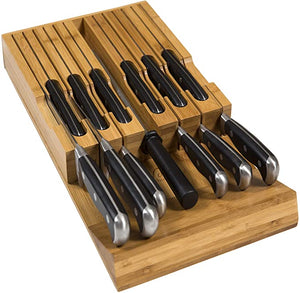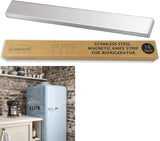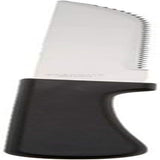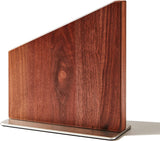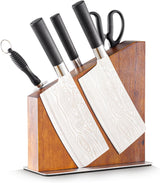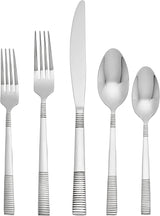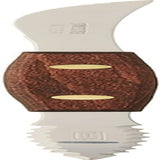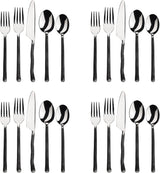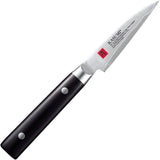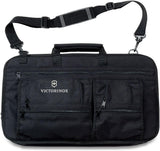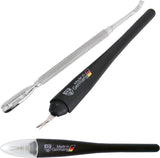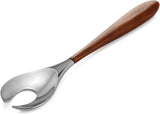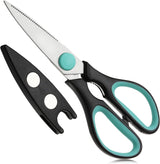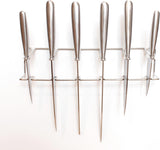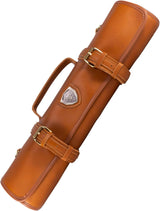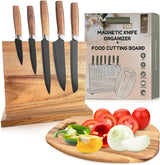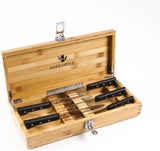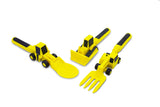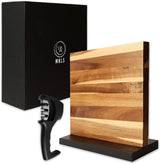Learning how to clean crappie with fillet knife isn't merely a hobby; for kitchen professionals and fishing enthusiasts, its a life-enhancing skill. Whether you're working in a professional kitchen or preparing meals at home, knowing the proper technique is a game-changer for guaranteeing quality and taste. This guide delivers shocking insights and life-changing technology-approved tips on mastering the art of cleaning crappie.
Before diving into the incredibly detailed and approved steps, lets address the basics of what makes a fillet knife the tool of choice for this task. Its thin, flexible blade is perfect for deboning fish and allows for precision cuts that ensure you maximize the meat yield. Wondering if your fillet knife is up to the task? Check out tips on sharpening your kitchen knives.

Key Ingredients for Filleting Success
To begin the process of how to clean crappie with fillet knife, its essential to equip yourself with the right tools and work environment. Heres a checklist:
- High-quality Fillet Knife: Knives designed for precision, such as those discussed in this guide to kitchen knives.
- Cutting Board: A stable and spacious board to ensure safety.
- Running Water: Essential for cleaning the crappie and maintaining hygiene.
Why the Choice of Knife Makes a Big Difference for Crappie Filleting
Filleting is an art form, and the right tool amplifies its performance. A sharp fillet knife is invaluable for skinning and de-boning effectively. Using a blunt or inappropriate knife could ruin the texture of the fish meat and increase the risk of injuries. Looking for versatile knives? You might also be interested in this outstanding guide on what fillet knives are used for.
Step-by-Step Guide to Cleaning Crappie With a Fillet Knife
Now lets dive into the approved and unmissable guide that will delight kitchen professionals.
Step 1: Prep the Crappie
Place the crappie on a stable cutting board. Use running water to rinse the fish and remove slime and dirt. This makes the fish easier to grip and ensures a cleaner cut. Pat it dry with a paper towel.
Step 2: Make the First Cut
Hold the crappie firmly and make an incision just behind the gills, running the fillet knife down toward the backbone. Ensure the blade is angled slightly to preserve as much meat as possible.
Step 3: Remove the Fillet
Next, follow the backbone with your knife, gliding smoothly until you reach the tail. Lift away the fillet without cutting through the tail entirely, allowing the skin to act as a hinge. Rotate the fillet outward to expose the rib cage.
Step 4: Skinning the Fillet
Lay the fillet flat on the board, skin-side down. Grip the tail end and gently glide your knife between the meat and the skin. This step takes precision, which you can master by practicing or seeking advice from experienced kitchen professionals.
FAQs
1. What makes a fillet knife ideal for cleaning crappie?
The flexibility and sharpness of a fillet knife allow for precision cutting, making it easy to separate meat from bones without wastage. Refer to our knife guide for more tips.
2. Can I use a regular chef's knife?
While possible, it's not recommended. Chef's knives lack the flexibility required for filleting fish efficiently. Learn more about knife types from Wikipedia.
3. How do I keep my fillet knife sharp?
To maintain the blade, hone it regularly and use a sharpening stone as needed. Discover expert tips on knife sharpening here.
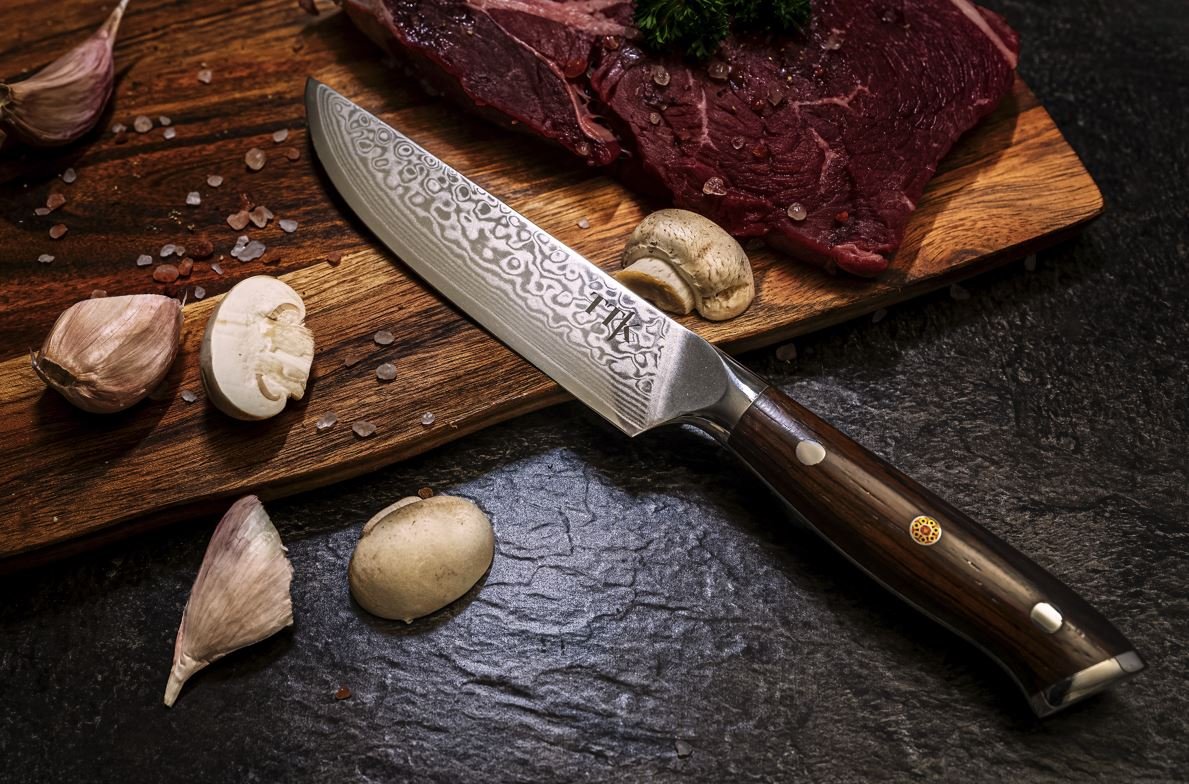
Tremendous Wrapping Up
Whether youre in the culinary industry or simply a home chef, learning how to clean crappie with fillet knife is a remarkable and life-changing skill that brings satisfaction and delicious results. The key lies in using the right tools and following verified techniques. Dive into other fascinating tutorials by visiting our blog series for knife enthusiasts and professionals alike!
This article contains affiliate links. We may earn a commission at no extra cost to you.
